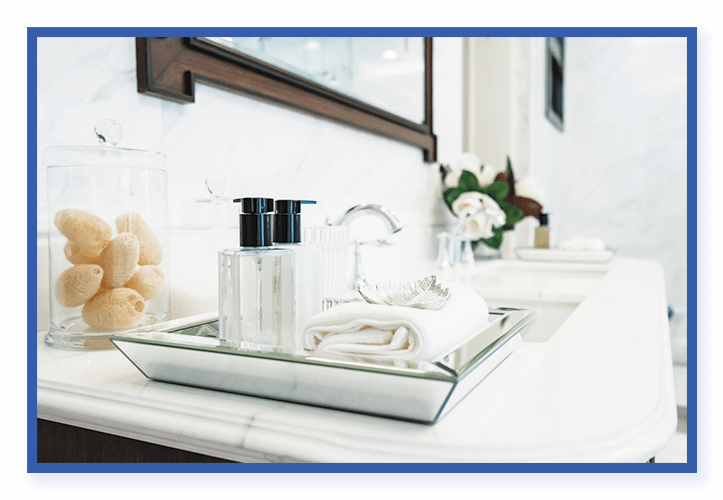Blog
How ATP Testing Advances the Hospitality Industry

Although the hospitality industry has strengthened its cleaning practices, consumers must be confident that these more stringent protocols are truly effective. According to AAA research, 76 percent of customers would be dissatisfied if a third-party inspection did not evaluate the sanitation of frequently touched areas in a hotel. Consumers need to have confidence that the new cleaning practices are working, that hotels train their staff correctly, and that they are properly performing the new procedures.
Hotels Implement ATP Testing to Quality Check Cleaning Efforts
Hotels, motels, and resorts are now using surface sanitation monitoring to ensure that rooms are cleaned to a standard where consumers will have trust in the cleaning process. ATP monitoring systems will assist the hospitality industry to improve, verify, and document the cleanliness of their accommodations. ATP surface monitoring can identify contamination sources to help decrease the spread of infections.

Microbes are invisible to the naked eye. An advantage of ATP testing is that it is relatively simple to administer, can yield results in seconds, and empowers real-time cleaning and retesting. Anyone from the hotel manager to sanitation personnel can easily establish and implement an ATP monitoring program.
What is ATP?
ATP (adenosine triphosphate) is an energy molecule in all living cells. All organic material such as food, human skin cells, biological material found in respiratory droplets, bacteria, mold, and yeast contain ATP. ATP may be present on a surface from both living and dead cells.
How Hotels are Utilizing ATP Testing
To Quantify Cleaning Outcomes for Monitoring and Improving Cleaning Efforts
With ATP monitoring, bacteria and other organic residues can be identified, indicating the necessity for recleaning.

Testing devices contain a natural enzyme called luciferase, which creates a bioluminescence or light-producing reaction when it touches ATP. The advantage of bioluminescence technology is that the ATP meters can detect exceptionally low levels of ATP collected by test swabs. The amount of light generated from the reaction is proportional to the amount of ATP from the sample are, so a high value means the surface is still dirty and needs recleaning.
In Training to Demonstrate How to Properly Clean Surfaces
By employing ATP monitoring systems, the hospitality industry can use real-time feedback and long-term data to monitor, train, and improve the cleanliness of the accommodations. Hotels now use ATP surface testing in training settings to show housekeeping staff how to clean a surface properly.

For example, taking a cloth, applying a cleaner, then wiping down a toilet and not using that same cloth on other surfaces like the door handle or sink. While you can explain this concept to employees, an ATP monitoring system provides visual confirmation of cross-contamination. Employees connect the dots faster when supervisors make the invisible visible.
To Reward Employee Cleaning Success
ATP surface testing is a way for hotels to monitor the cleaning success of staff. An advantage of using ATP testing to spot-check employees is that management can regularly generate reports to show employee cleaning success rates. Rewarding employees for good performance motivates the team.

Passing AAA’s Diamond Inspection
In July 2021, AAA enhanced its housekeeping evaluation to include objective, scientific validation that the hotel’s cleaning protocols are effective. With the addition of ATP surface testing to the AAA Diamond Program, hotels that pass AAA’s unannounced inspection will be recognized as Inspected Clean and assigned a Diamond designation.
Charm Sciences has trained and certified the AAA inspectors. They will conduct ATP surface testing using our novaLUM II-X system and PocketSwab Plus ATP Test in hotels to verify cleanliness.
About Charm Sciences
Established in 1978 in Greater Boston, Charm Sciences helps protect consumers, manufacturers, and global brands from a variety of issues through the development of food safety, water quality, and environmental diagnostics tests and equipment. Selling directly and through its network of distributors, Charm’s products serve the dairy, feed and grain, food and beverage, water, healthcare, environmental, and industrial markets in more than 100 countries around the globe.

